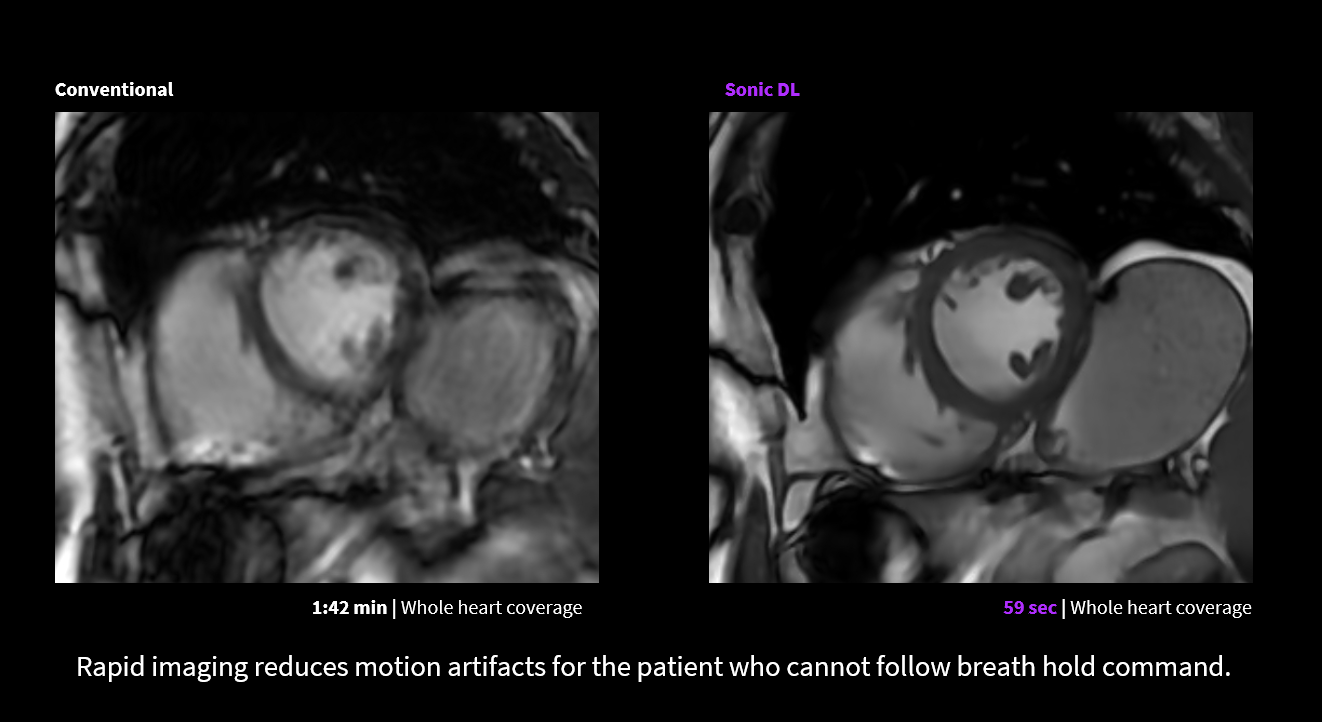From X-rays and lasers to computer-guided surgical robots, medicine is constantly innovating to help clinicians improve patients’ lives. As science and engineering have advanced over the past century and a half, clinicians have embraced innovations that offer a clearer picture of what is going on inside patients’ bodies and help facilitate earlier, more precise intervention and treatment plans.
Today, Artificial Intelligence (AI) applications are proliferating across the global market, and excitement is swirling around generative language models that can produce novel pictures and text. These broad capabilities will reframe AI’s role in precise patient care. Designed to find subtle patterns within reams of information, AI tools can connect the dots hidden among millions of clinical data points to help fill the gap between what patients need and what clinicians can provide.
As with any new technology, AI’s potential is breeding concerns, particularly that it could replace valuable human interactions in medicine. But Parminder Bhatia, Chief AI Officer at GE HealthCare, anticipates that the opposite will be true. Because digital technology excels at repetitive tasks, clinicians are already offloading time-consuming, mundane chores to AI tools. For example, natural language processing and voice recognition technologies can transcribe patient-doctor interactions, extract relevant information from journal articles, and generate comprehensive reports. This frees them to focus on what’s most important: the patient.
“Do we ever worry that search engines are going to replace anyone?” Bhatia says. “These tools will do the same thing they do — boost productivity.” He adds that even as the technology grows more advanced, humans will always judge whether to act on the AI’s suggestion — providing what’s called a critical “human feedback loop” for AI tools. In addition to saving clinicians time, AI can improve overall operational efficiency. As providers deal with massive post-pandemic backlogs, AI tools can help them get the most out of their resources. For example, GE HealthCare’s Command Center software analyzes emergency room arrival patterns and hospital admissions and then suggests staffing adjustments. Another model in development between GE HealthCare and Mass Brigham General was able to, in preliminary test, correctly predict whether a patient will skip or arrive late at a scheduled appointment at rates of up to 96%*.
To help clinicians make decisions based on the most accurate information, advanced imaging has been central to GE HealthCare’s digital strategy since the company launched one of its first AI tools, Hepatic VCAR, in 2014 to enhance liver CT scans. “One of our initial directions was to improve image acquisition to obtain clear diagnostic images,” Bhatia says. Today, FDA’s list of AIenabled device authorizations includes almost 700 devices; 58 are from GE HealthCare – more than any other medical technology company.
GE HealthCare is also exploring along with our clinical partners how AI can help predict patient response to immunotherapies. For example, in collaboration with Vanderbilt University Medical Center, U.S., and the University Medicine Essen, Germany, GE HealthCare has developed AI models that predict patient response to immunotherapies with 70 to 80 percent accuracy. Immunotherapies, which recruit the patient’s immune system to recognize and attack cancer cells, can be more effective than traditional treatments, but response rates are often low and side effects can be severe. In addition to predicting the effectiveness of the treatment, GE HealthCare's AI models can predict the likelihood of an individual patient developing immunerelated toxicities. In the future, and subject to local regulatory approvals, these models could help clinicians select the appropriate personalized treatment pathway sooner, while potentially sparing them ineffective treatments, side effects, and prevent unnecessary costs.
Looking ahead, GE HealthCare envisions a future that uses AI to create a cohesive mosaic of all the findings for each patient using data from medical scans, doctors’ notes, lab results, and other medical sources. “Now it's not just about getting a single scan, it's about the entire timeline,” Bhatia says. “Clinicians from different departments will be able to collaborate to determine how a disease is progressing.” The challenge is that medical data comes in so many different formats — X-ray series, lab results, a doctor’s dictated clinical notes. To synthesize all that information, the industry is developing models that can integrate images, audio, and text. GE HealthCare’s CardioVisio tool, launched this summer, is the first phase of this approach. It consolidates months or years’ worth of cardiac data to give clinicians an exhaustive history of the patient’s heart health, and provide patient-specific recommendations based on the latest clinical cardiac guidelines. With this holistic view, clinicians can begin to offer truly personalized care, from initial assessment through treatment.
Given the sheer volume of medical data to analyze — the average hospital produces more information per year than is contained in the Library of Congress — cloud capabilities have formed the foundation of GE HealthCare’s digital strategy for nearly a decade. In a cloud system, computing services like databases, servers, and software are delivered on-demand over the internet. Cloud solutions can be a cost effective alternative to maintaining on-site hardware, with the added benefit of accelerated computation speed. Whereas even two decades ago, devices came hardwired with fixed programming, the cloud allows clinicians to mix and match hardware and software and choose the apps that meet their specific needs.
Of course, these advances will be meaningless without the trust of clinicians and patients. According to GE HealthCare’s Reimagining Better Health survey, 55% of medical professionals believe AI is not ready for medical use, and only 42% think AI can be trusted (in the US, it’s only 25%). Adhering to responsible AI practices — like screening models for bias and preserving data privacy — may help build confidence in the technology. Because a doctors and patients must decide whether to act on a model’s recommendations, engineers are training models to cite sources and explain their reasoning. Then doctors and patients can make an informed decision to accept — or disregard — its conclusions.
“Digital technology has the potential to solve some of the biggest problems in healthcare today,” Bhatia says. “The goal is to help clinicians zero in on the right diagnosis and treatments faster. Done right, it could save lives.”
*Results are based on testing at one Mass General Brigham location. In testing, the range of prediction of missed care was 67% to 96%. Results may not be typical.


